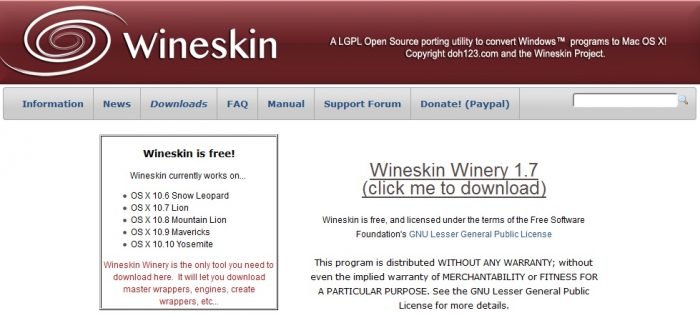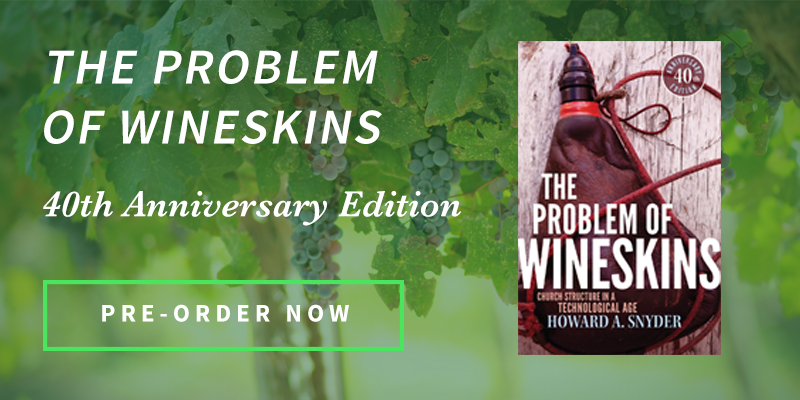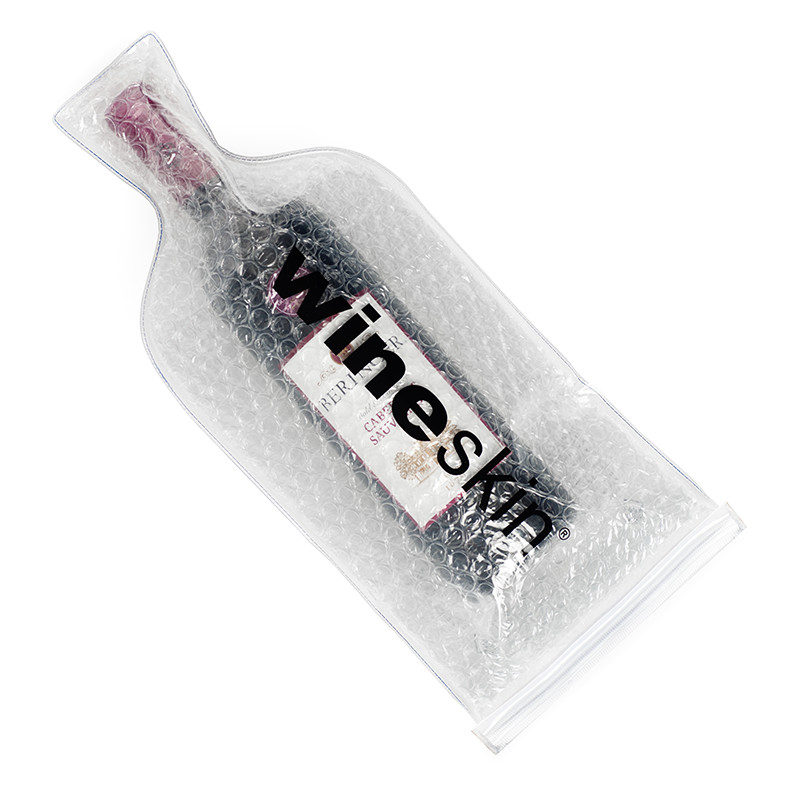
In Jesus' day, unfermented grape juice was placed in wineskins instead of bottles.

He thought Judaism was brittle and inflexible, like an old wineskin, or a worn-out garment not fit to wear. The natural antipathy between the old (Judaism) and the new (Jesus's message) is what Jesus spoke of in His wineskin/garment analogies. It is a lesson "on the one hand, to those who unreasonably cling to what is getting antiquated and, on the other, to hasty reformers who have no patience with the timidity of their weaker brethren!" (JFB again). An initial confusion or negative reaction to differences between the old and the new, which on first glance offend both the Pharisees' and John's disciples, will grow less for the faithful as they acquire a taste for and better appreciate the new, as they transition into the new economy. The last verse in the quoted passage about preferences for new and old wine seems to refer to a period of adjustment for followers of the old paths (e.g., John and his disciples) who will grow into the new ways. By contrast, Jesus generally viewed the Pharisees' practices as hypocritical and "majoring on minors," as it were (e.g., Matthew 23:23) Hence this parable also apparently applies to John the Baptist's asceticism, which Jesus seemed to view as good but passing away, since it was part of the Old Covenant which he was fulfilling and renewing (cf. These parables came in response to the Pharisees' question about Jesus' practice of fasting compared to their own and John the Baptist's. This, then, is the meaning of Jesus' parables of the patched garment and the wineskins: the gospel of the Kingdom which Jesus brings cannot be fitted into the the Pharisees' paradigm or way of living, for "by a mongrel mixture of the ascetic ritualism of the old with the spiritual freedom of the new economy, both are disfigured and destroyed" ( JFB on Luke 5). If they are used again for holding wine that is still in the process of fermenting ("new wine"), they will burst. However, skins that have already been used and stretched out ("old wineskins") cannot be used again since they cannot stretch again.

#HACKCHI2 WINESKIN WINERY SKIN#
If one were to put freshly pressed must directly into the skin and close it off, the tumultuous stage of fermentation would burst the wineskins, but after this stage, the skins have enough stretchiness to handle the rest of the fermentation process. The skins were filled with must (partially fermented wine) in the opening at the neck and then tied it off. The wineskins were partially tanned goat skins, sewn at the holes where the leg and tail had been.

Then the must (fermenting juice) was put in clay jars to be stored, or into wineskins if it was to be transported some distance. Fermentation starts immediately on pressing, and this allows the first "tumultuous" (gassy) phase to pass. In ancient Israel, the grapes were pressed in the winepress and left in the collection vats for a few days. Summarizing Hastings Dictionary of Christ and the Gospels entry on wine bottles:


 0 kommentar(er)
0 kommentar(er)
